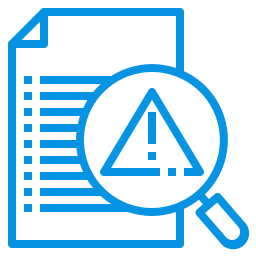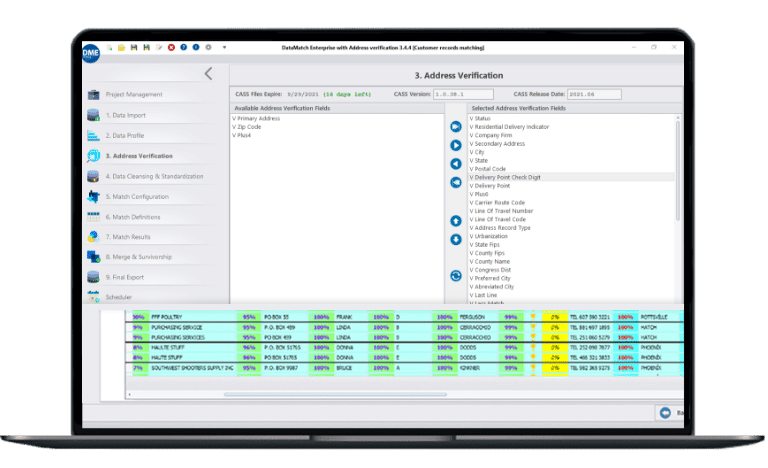Data profiling is a crucial part of data conversion, migration, and data quality projects. In fact, it is the first step in understanding the scope and nature of data problems in a new data project or plan. Despite its importance, data profiling is rarely seen on project plans and almost definitely never seen as a line item in the budget.
That’s because most companies use consultants who profile it AFTER a data consultant encounters issues with the client’s system or data preventing a successful outcome to the migration or integration effort.

Typos in all data fields

Nicknames instead of real names

Typos in all data fields

Number of invalid addresses

Letter fields that have numbers

Number fields that have letter fields

Fields that have unnecessary punctuation

Fields that have non-printable characters

Fields with leading spaces

Fields with invalid phone numbers
Once you check off these problems, you can then standardize your data and ensure that all your data sources across the board are good enough to be used for data matching, data reporting, or data analysis activity.
Data profiling saves you from future roadblocks and mishaps during a crucial migration or integration process. More importantly, it helps business stakeholders be aware of the challenges ahead. Armed with information on issues to target, businesses can accurately plan the costs and the time needed to achieve their data goals.
Data Ladder’s DataMatch Enterprise offers one of the easiest-to-use data profiling software in the market. It quickly provides enough metadata to construct a cogent profile analysis of data quality and quantifies the scope and depth of necessary add-ons to make the project successful. Once it does the profiling, it proceeds to perform data matching, cleansing, deduplication, and standardization.
In a Nutshell, data profiling will help you:

Get an overview of the problems plaguing your data

Save on time, money, and the need to hire additional talent

Set realistic budgets with a more focused data transformation plan





































